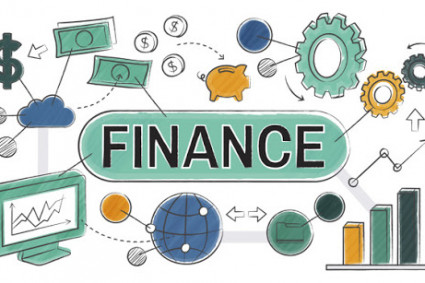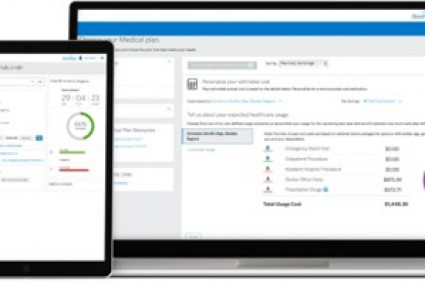
Evaluate your debt: The first step is to assess your current debt situation. This includes gathering information on all your debts, such as the balance, interest rate, and monthly payment.
Decide on the type of debt consolidation: There are several ways to consolidate debt, including a personal loan, home equity loan, balance transfer credit card, or debt management program. Choose the option that best fits your needs and financial situation.
Apply for the consolidation loan: If you decide to use a personal loan or home equity loan to consolidate debt, you will need to apply for the loan and provide documentation of your income and creditworthiness. If you opt for a balance transfer credit card, you will need to apply for the card and transfer your existing balances to it.
Pay off existing debts: Once you receive the funds from your consolidation loan or transfer your balances to a balance transfer credit card, use the money to pay off your existing debts.
Make payments on the consolidation loan: Going forward, you will make monthly payments on your consolidation loan or balance transfer credit card. It's important to make these payments on time to avoid late fees and damage to your credit score.
Monitor your progress: Keep track of your debt and make sure you're making progress toward paying it off. If you're struggling to keep up with payments, consider talking to a credit counselor or financial advisor for help.
Overall, the debt consolidation process can help simplify your finances and potentially lower your interest rate and monthly payment. However, it's important to carefully evaluate your options and choose the one that's right for you.
Debt can be a major source of stress and financial burden for many people. If you are struggling with debt, there are several solutions you can consider:
Create a budget: Start by creating a budget to help you understand your income and expenses. This can help you identify areas where you can cut back on spending and allocate more money toward paying off debt.
Negotiate with creditors: If you're having trouble keeping up with payments, you may be able to negotiate with your creditors to lower your interest rate or work out a payment plan that's more manageable for you.
Consider debt consolidation: Debt consolidation involves combining multiple debts into a single loan or payment, which can help simplify your finances and potentially lower your interest rate and monthly payment.
Seek credit counseling: A credit counselor can help you develop a plan to manage your debt and improve your financial situation. They can also provide resources and advice on debt management and budgeting.
Consider debt settlement: Debt settlement involves negotiating with your creditors to settle your debt for less than you owe. This can be a risky option and may have a negative impact on your credit score, so it's important to carefully consider the potential consequences.
Bankruptcy: Bankruptcy is a legal process that can help you discharge some or all of your debts. It should be considered a last resort, as it can have a serious impact on your credit score and future financial options.
It's important to carefully consider your options and seek professional advice before making any decisions about how to manage your debt.




